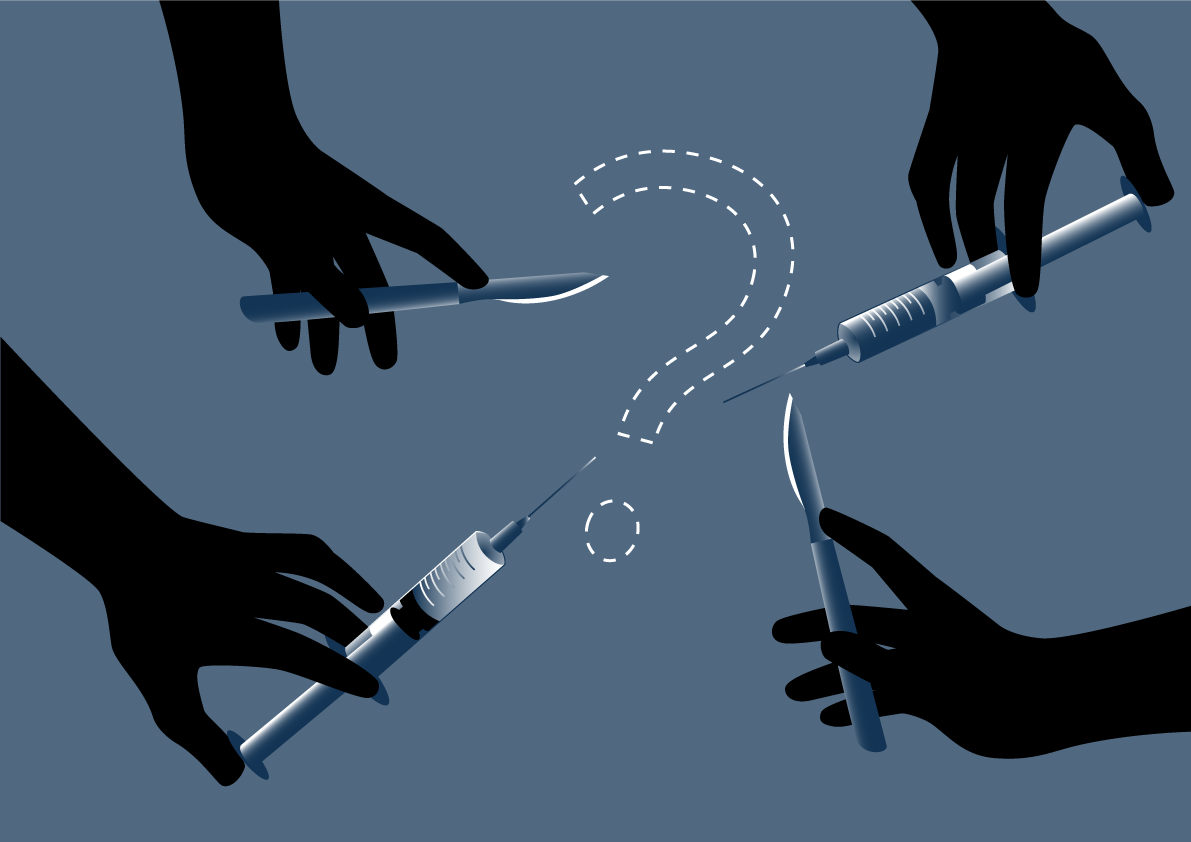CW: This article contains discusses a fatal accident.
Imagine this scenario. A father and his son are driving along the winding roads of the Wallowa Mountains in Oregon. Dark storm clouds roll overhead and the southwestern wind shifts suddenly northwards—increasing to 90mph. A towering spruce gives way at the roadside and topples with a great whack onto the asphalt. The father doesn’t even have time to blink. The car slams into the trunk and folds like an accordion. The father dies instantly on impact. His son is pulled from the wreckage and is rushed to Wallowa Memorial Hospital in critical condition. Just as he’s about to go under the knife, the surgeon says, “I can’t operate—that boy is my son!”
How is that possible? Give yourself time to answer before reading past this paragraph.
If you guessed that the surgeon is the boy’s step-father or second father in a gay marriage, you get a point for thinking outside the box. But did you also guess that the surgeon could be the boy’s mother? If you did, you’re part of a surprising minority.
The riddle reveals the unexpected power of unconscious biases. In research conducted by Mikaela Wapman and Deborah Belle, even young people and self-identified feminists tended to overlook the possibility that the surgeon in the riddle is female. Only 14% of Boston University students came up with the correct answer-and their life experiences, even if their own mothers were doctors or surgeons, seemed to influence how they performed.
Likewise, with the genders of the riddle reverse, where a mother is killed, her daughter is sent to the hospital, and the nurse declines to attend to the patient because “that girl is my daughter”; few people guess that the nurse could be the father.
These implicit biases can impact decision-making throughout the recruitment and hiring process says Jasmine Harebottle, a corporate trainer at Phaidon International.
“It’s important to recognize that everyone has biases and that can’t be helped. Day-to-day though, it’s understanding how our thoughts are affecting the decisions that we make. Unconscious biases can affect what we presume a ‘good candidate’ looks like for a certain role, or who we choose to invite to interview, or even who we decide to hire or promote.”
To help combat unconscious bias, Jasmine suggests employing the LEAD method: Look, Evaluate, Account and Decide.
When looking for a new hire, think what the ideal candidate looks like in your mind. “If they have certain characteristics that are irrelevant to whether they can perform in the role, such as their gender or race, it is worth reflecting if that image is influencing who you recruit or hire,” says Jasmine.
This idea of what ‘good looks like’ leads to the second point of action—evaluating who and how we interact with others. Ingroup or affinity bias is our tendency to favor our own social group or people like ourselves. Internally, this can impact who we decide to mentor or promote. When looking to hire from outside, this can make recruiters and hiring managers more likely to hire people like themselves. “Inside and outside of work, it’s important to consciously and regularly communicate with people different from us in a myriad of ways, even if that makes us uncomfortable,” suggests Jasmine. “This will help you attract more diverse talent and keep them by building an inclusive work environment.”
“It’s also really important to hold ourselves accountable when making a decision to hire, promote or positively review someone,” argues Jasmine. “We have to create an open culture where people feel comfortable to query other people's decision-making. Involving as many people as possible in the process helps negate biases and get a variety of perspectives.” In practice, Jasmine also recommends that recruiters and hiring managers write down why they prefer a candidate at every stage of the process, this will help evaluate if their preferences are based on relevant criteria.
Finally, Jasmine believes it is crucial to use data to make and support people-related decisions and these “data-points should be specific, measurable and accurate” because the more ambiguous the data, the “more chance for biases to creep in.” Data in itself isn’t objective, someone also had to decide what information to collect and curate, so collecting information about a candidate from a variety of sources also helps reduce bias. “I’d also highly recommend for any employee and particularly any recruiter or hiring manager to take the Project Implicit tests from Harvard University to understand their own preferences or stereotypes of different social groups,” concludes Jasmine. “Bringing the unconscious into the conscious will help combat discrimination in the recruitment process.”
Join us
Phaidon International, the parent company of five specialist recruitment brands, exists to solve one of the top challenges faced by organizations and business leaders globally – attracting and securing talent. We help industry leaders build teams that fight disease, build bridges, innovate technology, supply life-saving medicines, and finance entrepreneurs in third world countries. Join us and reimagine your potential.








